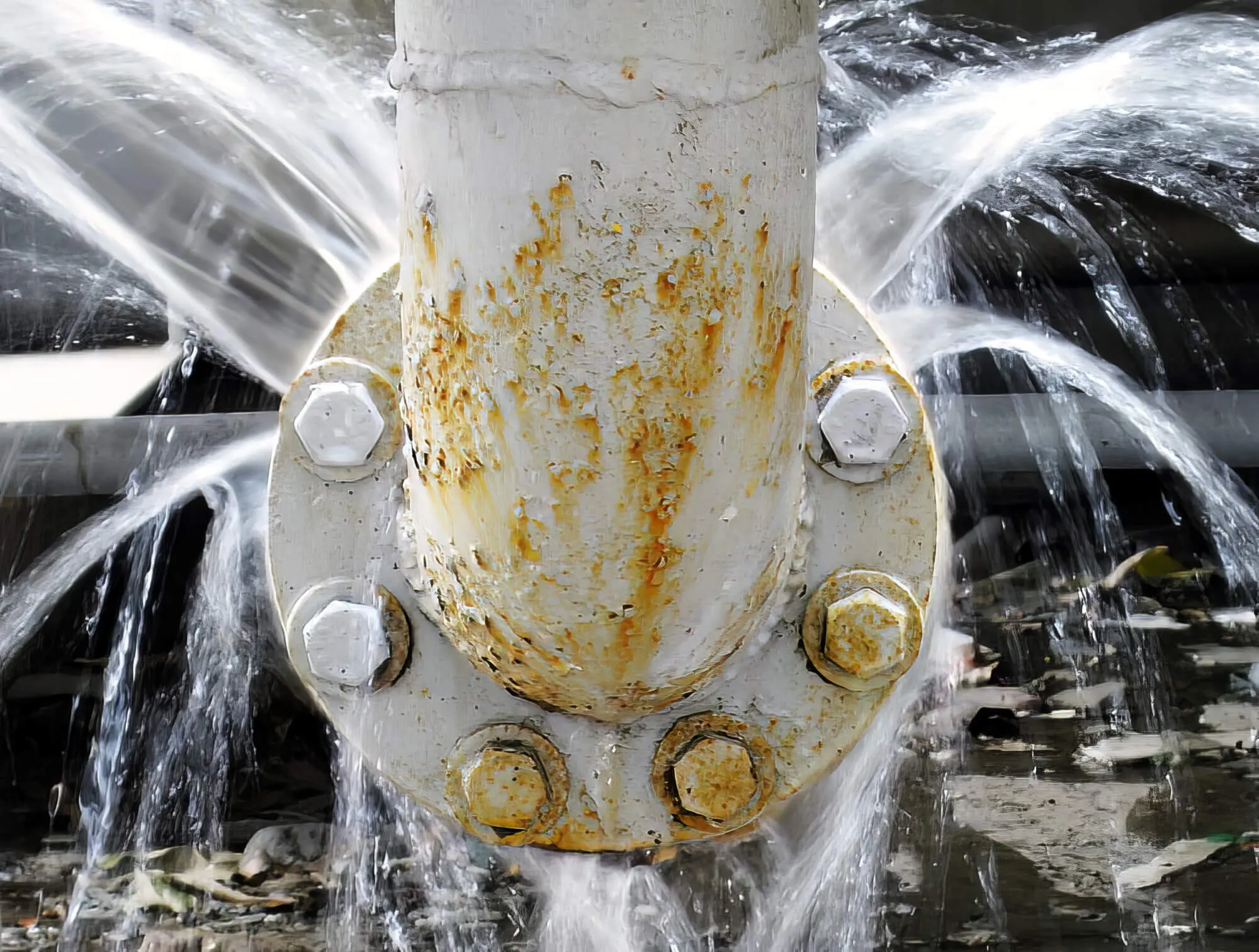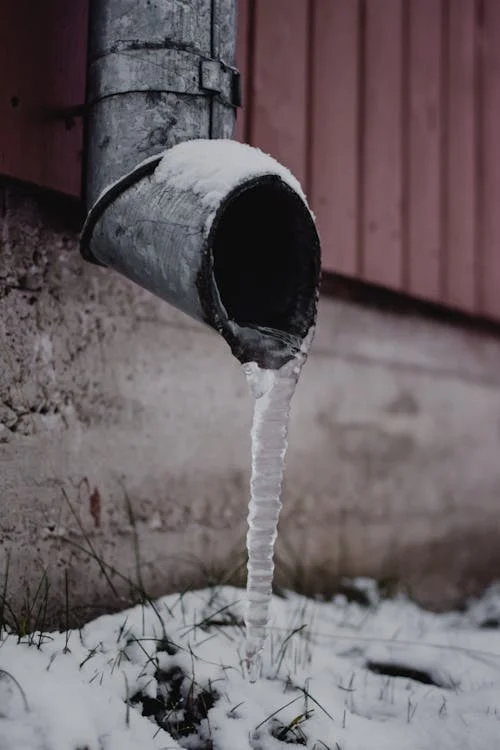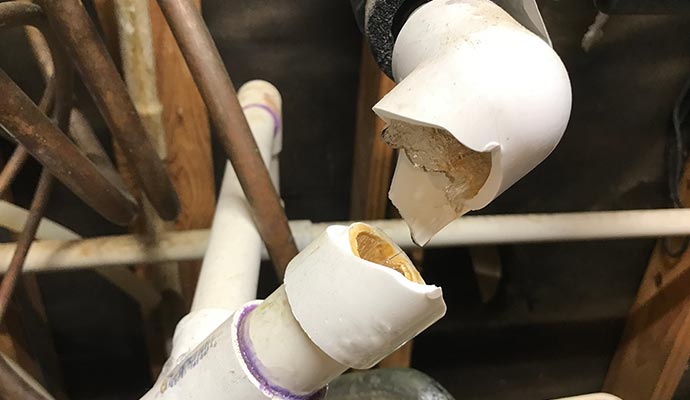Burst Pipe Insurance Claims: What You Need to Know for Water Damage Coverage
Burst Pipe Insurance Claims: What You Need to Know for Water Damage Coverage
Blog Article
Avoiding Burst Pipes: Crucial Tips to Secure Your Pipes
Preventing ruptured pipes is a crucial issue for homeowners, specifically throughout cooler months when the risk of freezing is enhanced. Applying strategic measures such as proper insulation, regular assessments, and preserving consistent interior temperatures can significantly decrease the likelihood of pipe failure.
Understand Pipeline Vulnerabilities
Understanding pipe susceptabilities is vital for efficient plumbing upkeep and preventing expensive damages. A number of factors add to the vulnerability of pipes to bursts, including material composition, age, and environmental conditions. Older pipelines, specifically those made from galvanized steel or polybutylene, commonly deteriorate over time, bring about increased threat of leaks and tears.
Temperature level fluctuations can additionally dramatically influence pipe honesty. In chillier climates, water caught in pipelines can ice up, increasing and putting in stress on the pipeline wall surfaces, which may inevitably result in a burst. Additionally, high water pressure can strain pipelines, particularly at bends and joints, heightening the probability of failure.

Insulate Pipeline Effectively
Proper insulation of pipelines is critical for protecting against freezing and subsequent bursts throughout cool weather (burst pipe). Protecting your pipes system successfully safeguards versus temperature goes down that can cause costly damages. Begin by identifying susceptible locations where pipelines are exposed to outside temperature levels, such as cellars, attic rooms, and outside wall surfaces
Use foam pipe insulation sleeves or cover insulation tape around these locations to supply a protective barrier. Guarantee that all areas of the pipes, particularly those with minimal warmth exposure, receive adequate insulation. Pay unique focus to fittings and joints, as these are more at risk to cold.
When protecting, it's important to pick products that fulfill neighborhood building codes and are suitable for the specific setting. Fiberglass insulation is commonly suggested for its thermal resistance residential properties. Furthermore, think about using heat cable televisions or tape in severe conditions, which can be connected in to offer additional warmth
Regularly examine protected pipes for any kind of indications of wear or damage, as jeopardized insulation can decrease its performance. By taking these proactive measures, you considerably minimize the threat of pipeline ruptureds, guaranteeing a reliable plumbing system throughout the winter season.
Maintain Consistent Temperature Level
A stable interior temperature level is necessary for protecting against burst pipelines during the freezing months. When temperature levels decrease, water within pipes can ice up, developing and broadening stress that may eventually create the pipes to burst. To alleviate this risk, home owners must keep a consistent temperature throughout their home, ideally no lower than 55 ° F(13 ° C)Making use of a programmable thermostat can help handle indoor temperatures efficiently, guaranteeing that areas with pipes stay warm even when the home is empty. Pay use this link special attention to areas that are more prone to chilly, such as garages, attic rooms, and basements. Keeping cupboard doors open under sinks can additionally enable warmer air from the home to flow around pipes.
On top of that, it is sensible to enable faucets to leak somewhat throughout severe cold snaps. This minor circulation of water can stop freezing by alleviating stress within the pipes. During specifically serious weather condition occasions, consider temporarily suspending any kind of nighttime problems on your thermostat to keep a steady cozy atmosphere. By carrying out these methods, house owners can significantly minimize the risk of pipe ruptureds and secure their plumbing systems versus the rough winter aspects.
Frequently Check Plumbing
Normal assessments of plumbing you can check here systems are crucial for avoiding burst pipelines and maintaining overall home honesty. During these examinations, it is essential to analyze visible pipes for indications of rust, leaks, or use.
Additionally, inspecting links and joints is vital, as these points are typically vulnerable to leaks. Home owners need to also evaluate water stress levels, as too much pressure can strain the pipes system and increase find here the danger of pipe ruptureds.
Consider organizing specialist plumbing evaluations at the very least once a year, particularly prior to winter, to guarantee your system is prepared for cooler temperatures. By being aggressive in your method, you can safeguard your home against the disruptive and expensive effects of burst pipelines.
Know Emergency Treatments
Comprehending emergency situation procedures is vital for every house owner, particularly after conducting regular plumbing assessments. Being prepared for a plumbing emergency can substantially alleviate damages and save costs.
Following, maintain crucial devices helpful. A plumbing emergency situation kit must consist of a wrench, bettor, and towels, along with a flashlight and a bucket for little leakages. In addition, take into consideration having the contact info for a relied on plumbing professional conveniently available, ought to the scenario intensify beyond your control.
If you identify a leak or burst pipeline, promptly switch off the water system and notify your plumbing professional. Document the damage with photographs for insurance policy purposes. Understand the signs of potential plumbing problems, such as uncommon water pressure changes or damp places on wall surfaces
Eventually, positive expertise and swift action are important in managing pipes emergency situations, ensuring your home remains safeguarded and decreasing possible damages.

Final Thought
Finally, stopping burst pipelines requires a complex method that consists of understanding pipe susceptabilities, correct insulation, preserving constant interior temperature levels, normal evaluations, and understanding of emergency situation procedures. By carrying out these necessary approaches, the threat of plumbing failures can be considerably decreased, thereby making sure the durability and effectiveness of the pipes system. Positive procedures not only secure versus prospective damages but additionally contribute to overall water preservation and the security of home.
In chillier climates, water caught in pipes can ice up, exerting and increasing stress on the pipeline walls, which may ultimately lead to a ruptured. When temperatures decrease, water within pipelines can freeze, creating and broadening stress that may eventually trigger the pipelines to ruptured. By carrying out these methods, property owners can substantially reduce the risk of pipe ruptureds and guard their plumbing systems against the severe winter elements.

Report this page